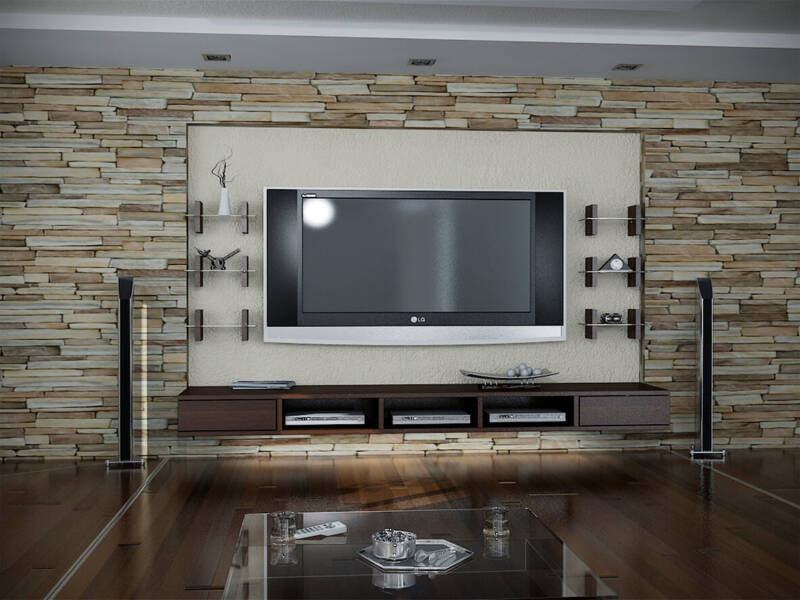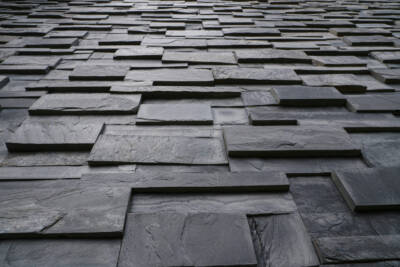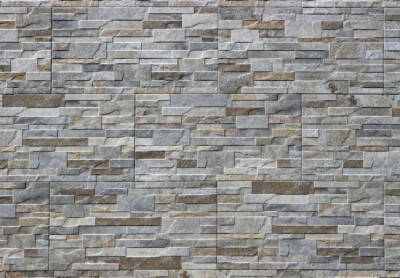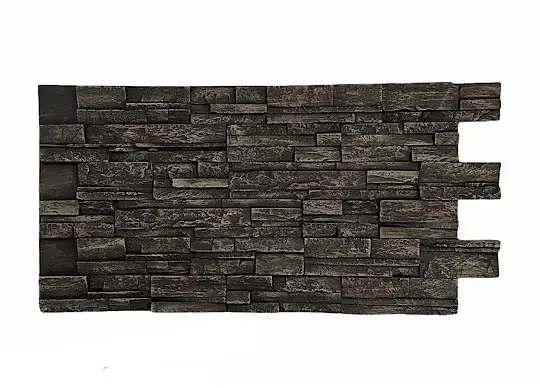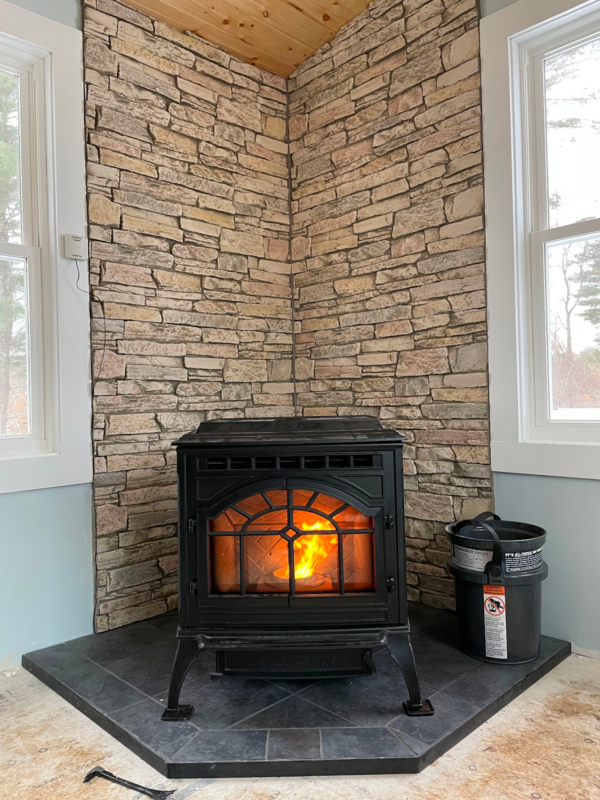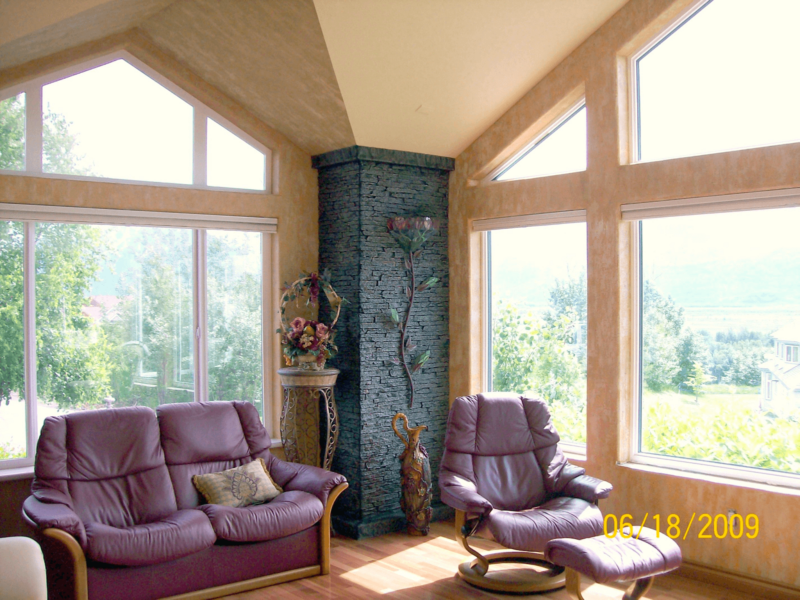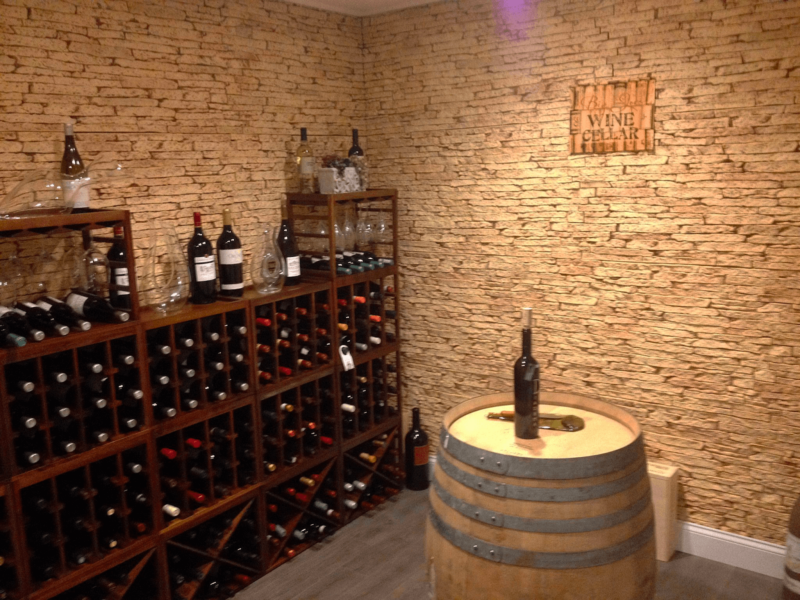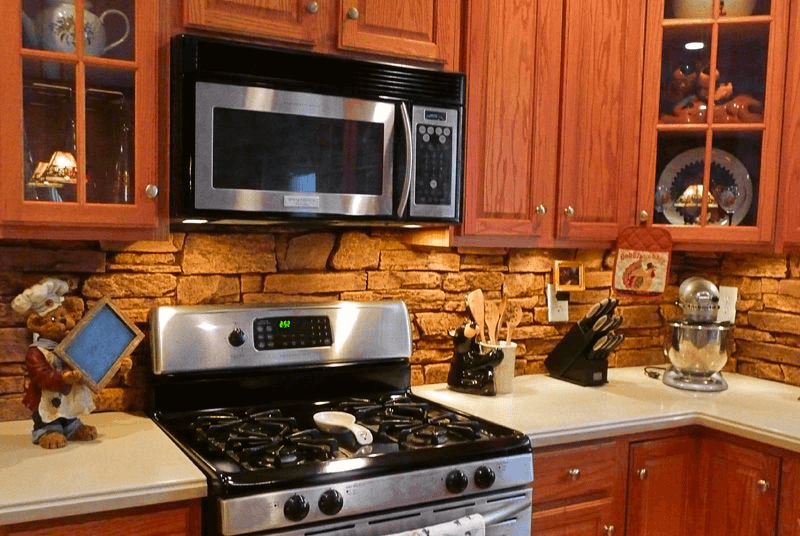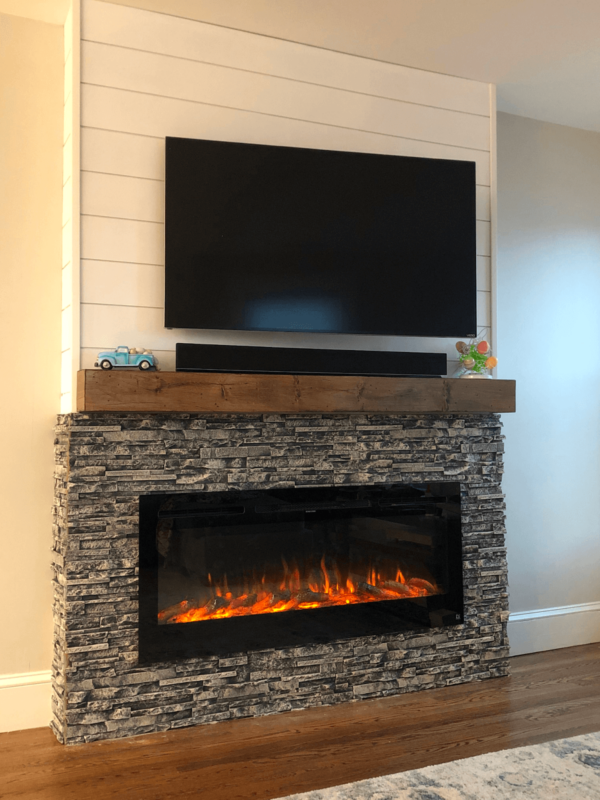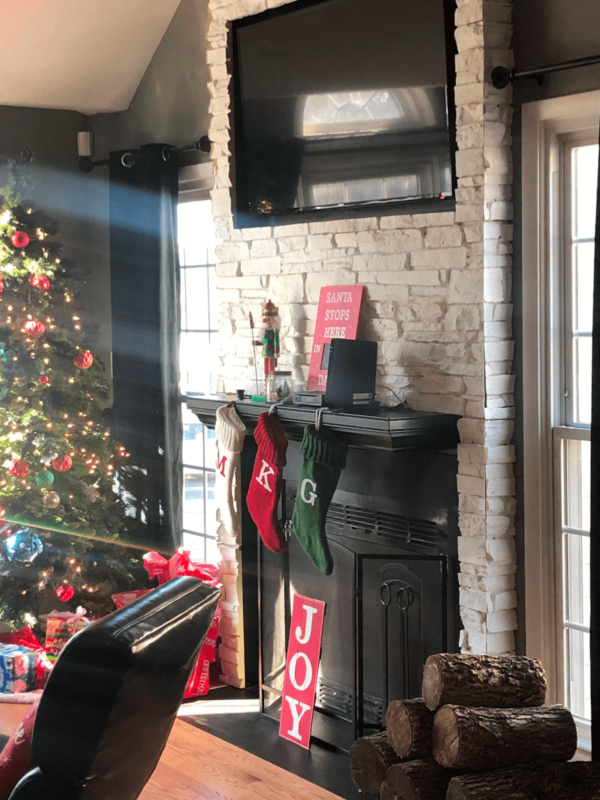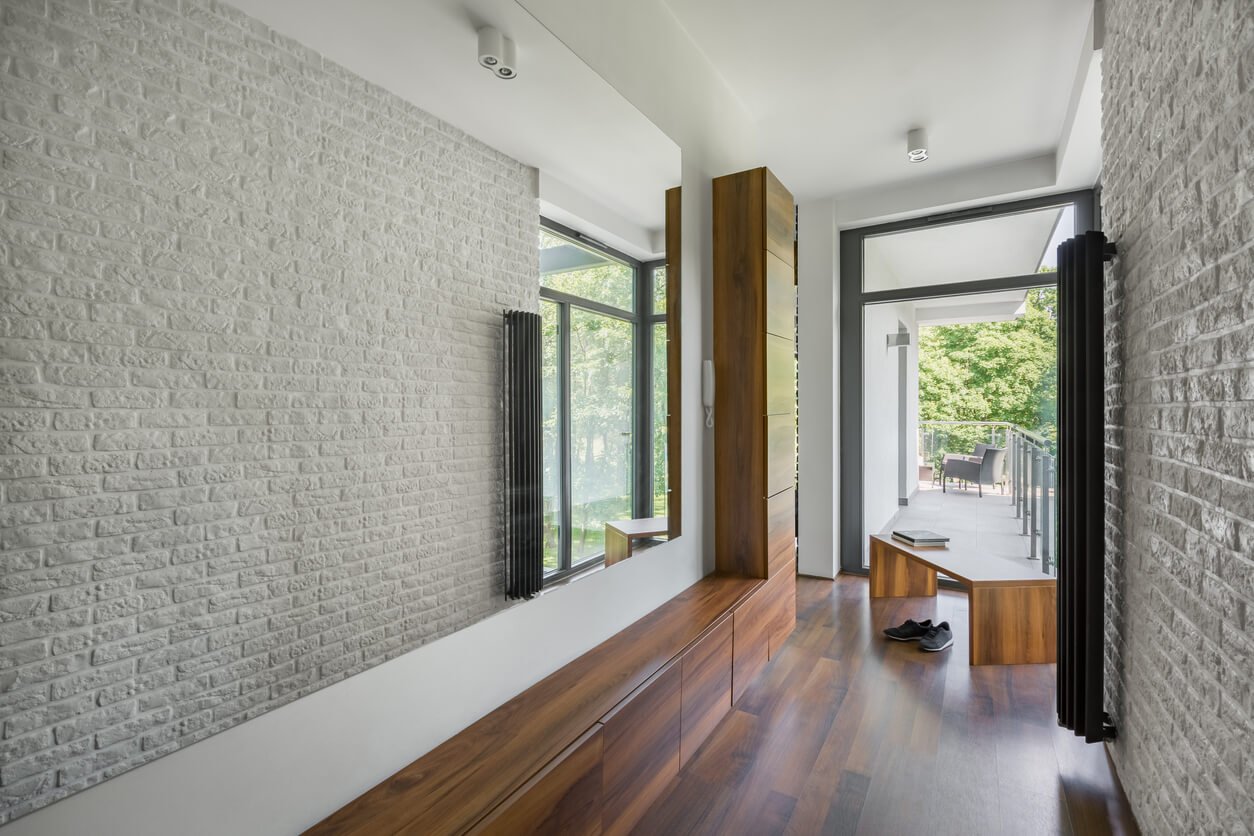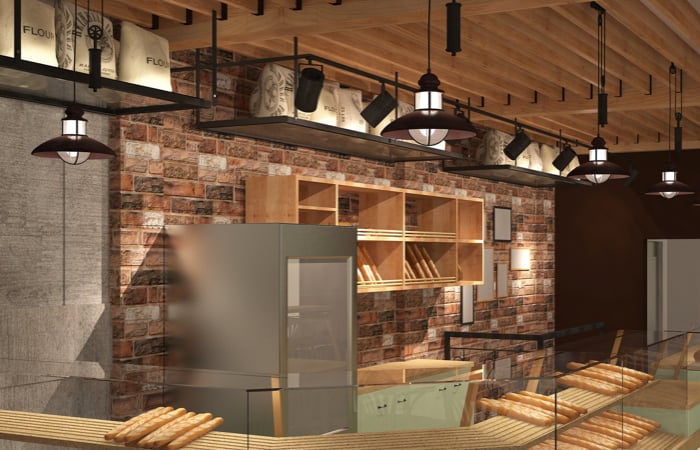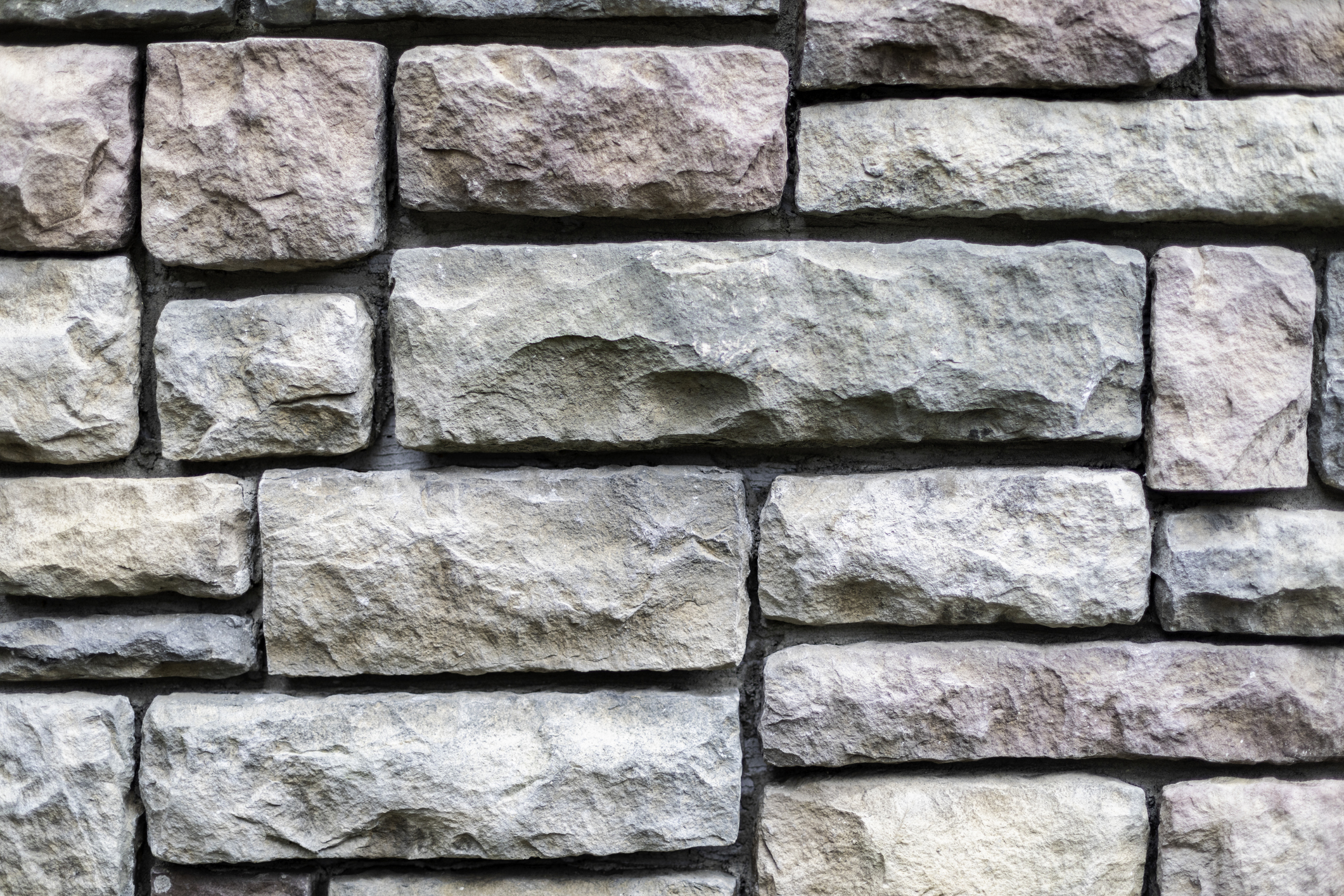
Of all the different possible siding materials, stone stands apart due to its timeless nature and unique design. However, because of its weight and construction requirements, it can be an expensive and complicated material to work with.
If these considerations have kept you from using stone for your construction and remodeling projects, know that you do have different options for materials and installation that can save you time and money in creating a look that’s uniquely stone.
Here’s what you need to know about project ideas, installation, and cost of stone veneer.
What is Stone Veneer Siding
First, understand that the word “veneer” simply refers to a thin coating or material. So any material that is thin enough to cover something else, and not be load bearing, can be considered a veneer.
Because of its weight and installation requirements, it can be difficult to create a natural stone facing. Natural stone can be cut thin enough to be used as veneer, but it still:
- Is much heavier than wood or man-made materials
- Is more expensive than most other siding materials
- Requires skilled masonry to properly install
Sometimes “stone veneer” is used to refer to thinner, man-made materials formed from a mix of concrete. This “artificial“ stone is also referred to as manufactured stone or cultured stone. This is often the material used to cover stone veneer fireplaces or accent walls. To keep things clear, we’ll distinguish between natural stone veneer and manufactured stone veneer.
Finally, when we refer to faux stone panels, we’re specifically referring to a non-concrete man-made material, such as vinyl or high density polymer, that is made to look like stone. The latter is the material used for Texture Plus’ own faux stone panels.
Stone Facing: What is it?
You may have also heard of stone facing. Stone facing is an interchangeable term for stone veneer. Either term can be used when referring to the stone used to cover the side of a wall or structure.
Stone Veneer Pricing
Historically, natural stone was the only choice for creating high quality and attractive stone siding. Thankfully, advances in cultured and faux stone production are providing additional design options for homeowners.
Aside from the material cost, there are several other factors that will determine the overall cost of a stone veneer project:
- Project size – more materials means greater expense, so consider if your project should be a single accent wall, half wall coverage or full wall coverage.
- Labor – the more complicated an installation the more time it will take and the more skilled labor that might be needed. Is it possible to DIY or do you need to hire a contractor?
- Supplies – beyond the stone veneer, what else is needed for materials? Masonry will require building paper, a metal lathe, mortar and / or grout.
- Complexity – the more complex a project, the more time required and more skill is needed. It takes experience to properly set angles and corners with masonry.
Location will also determine cost, based on the availability of materials and contractor rates. The 2021 national average for a manufactured stone veneer renovation of roughly 300 ft is estimated to be over $10,000.
Natural Stone Veneer vs Manufactured Stone Veneer
Manufactured stone veneer is less heavy and less expensive than natural stone veneer, though it still requires masonry to install. As a material, manufactured stone is less durable, as it is more prone to cracking and impact damage than natural stone.
Natural and Manufactured Stone Veneer vs Faux Stone Veneer
Faux stone veneer is lightweight and has a realistic rock look due to its unique coating. Depending on material used, it can provide better insulation than regular stone. Texture Plus faux stone veneer panels are also easy to install, as they don’t require masonry like natural or cultured stone veneer, only screws and adhesive.
| MATERIAL COST | MASONRY REQUIRED | |
| Natural Stone Veneer
|
Average cost $42 per square foot | Yes |
| Manufactured Stone Veneer
|
Average cost $11 per square foot | Yes |
| Faux Stone Wall Panels
|
Average cost $11 per square foot | No |
Should You Hire a Contractor to Install Stone Veneer?
This choice will largely depend on whether the project requires masonry. As with any project, hiring a contractor makes it more likely the project will be completed in a faster time, more likely complex sections will be installed correctly, and less likely to cause damage to the underlayment or drywall.The biggest drawback to hiring a contractor is that the project will cost more. Hourly rates for a contractor will vary by project, with a general range of $30 to $85 per hour. Some contractors may also require a minimum number of hours before taking on a project. A DIY installation will save you the cost of hiring a professional, but will likely take you longer to complete the project. If you don’t have the specialized knowledge of how to do masonry installation you’ll need to do proper research to ensure that you’re following proper procedures.
How to Install Stone Veneer Yourself
If you’ve decided to install a natural or manufactured stone veneer that requires the application of mortar, here’s a few recommended tips.
- Gather and measure the amount of the materials that you’ll need to use, how much mortar you’ll need to mix, the size of the metal lath you need to cut, etc.
- Drill holes into the wall and install anchors to secure the metal lath.
- Use a trowel to cover the metal lathe with a “scratch” coat of stucco or mortar.
- If using manufactured stone, wet the back of the blocks before placing the veneer, as manufactured stone tends to suck water out of mortar.
- Carefully place the stones onto the mortar, ensuring that you’re not stacking joints over joints. With stone, random looking placements appear more natural.
- Tap the middle of the stone with a mallet to secure it to the mortar.
- Cut the final pieces as needed to ensure a tight fit.
If you are using faux stone materials that do not require masonry, refer to the manufacturer or supplier’s installation recommendations and walk-throughs. When using Texture Plus faux wall panels, you can refer to our detailed installation instructions for guidance.
Stone Veneer vs Other Siding Products
| Pros | Cons | |
| Natural Stone Veneer | Durable, long-lasting, resistant to water or insect damage, unique style and textures | Expensive, heavy, requires skilled installation |
| Manufactured Stone Veneer | Long-lasting, resistant to water or insect damage, unique style and textures, less weight and expense than natural stone | Requires skilled installation, more prone to damage than natural stone, color fades over time |
| Brick Veneer | Long-lasting, resistant to water or insect damage, less weight and expense than natural stone | Requires skilled installation, more prone to damage than natural stone, requires sealing to prevent long-term damage |
| Vinyl Siding | Inexpensive, beautiful and natural colors, long lasting if properly maintained | Upkeep can be costly, susceptible to water or insect damage, colors fade over time |
| Cost | Inexpensive, wide variety of colors, low maintenance | Lacks authenticity of natural materials, low quality materials may suffer from warping or cracking |
| Texture Plus Faux Wall Panels | Inexpensive, very durable, wide variety of styles and colors, easy installation | Surface can be damaged by hard impacts or scratches, or by harsh cleaners or chemicals |
Is Faux Stone Veneer the Best Choice?
If you’re looking for an incredible look that’s durable, long-lasting and low maintenance, then choosing a faux stone veneer will provide you with a cost effective, easy to install and aesthetically pleasing solution for any of your projects.
Texture Plus wall panels have been tested in every climate and come with a 25-year warranty to ensure long-lasting looks. All of our panels are manufactured right in the U.S., allowing us to ensure that each product is of the highest quality. For a stylish and creative stone veneer project, this provides an incredible value for your investment.
Stone Veneer Project Ideas
Already thinking of your next project? Curious about how stone veneer can liven up your home or business? Here’s how Texture Plus faux stone wall panels have been used for renovation and construction projects.
Stone Veneer Accent Walls
The use of Cream Frost Ledgestone highlights this accent wall with a more rustic, “outdoorsy” feel to complement this stylish wood stove.
Clever use of Gray Stacked Stone turns what would be a nondescript corner of this living room into an eye-catching pillar of stone.
Stone Veneer Room Walls
Light Tan Stacked Stone turns a simple basement area into an Old World style wine cellar.
The Tan Ledgestone used for this backsplash is unique in its look and brings a dynamic energy to this kitchen space.
Stone Veneer Fireplaces
The half wall placement of this Gray Cliffstone brings the eyes more toward the fireplace hearth itself.
White Ledgestone allows this fireplace to stand out against a darker wall. It’s a natural fit in a room with such large windows, enhancing the natural light.
These incredible looks are only a few of over 850 faux wall panel designs. Take a look at your faux stone wall panels options or contact one of our specialists for assistance.
